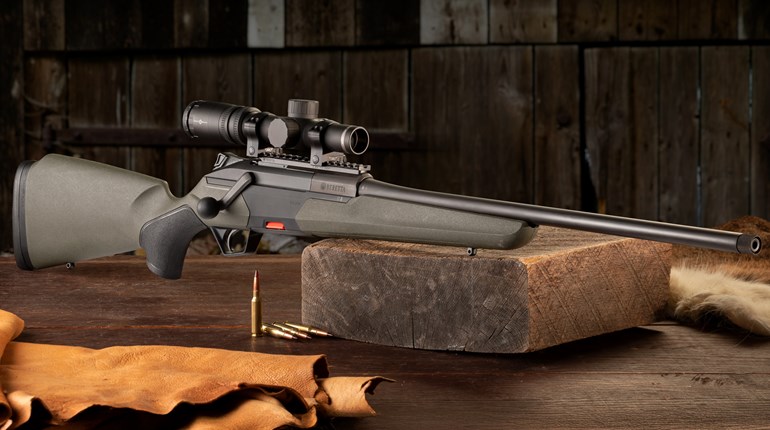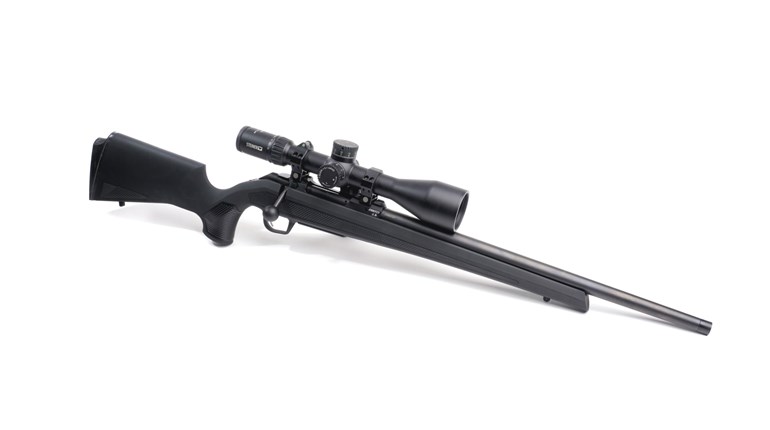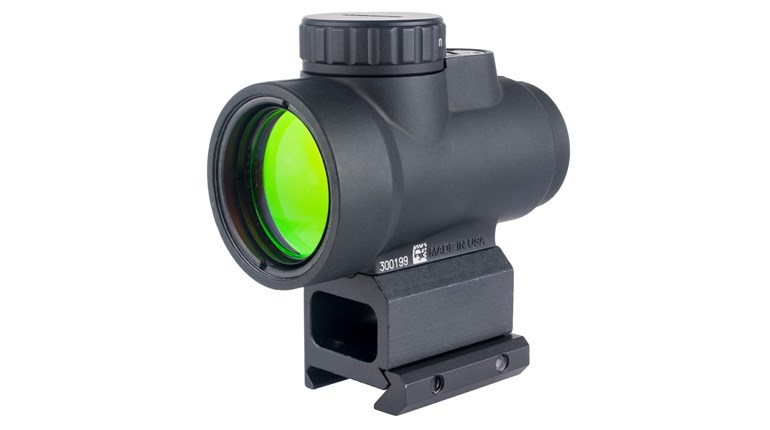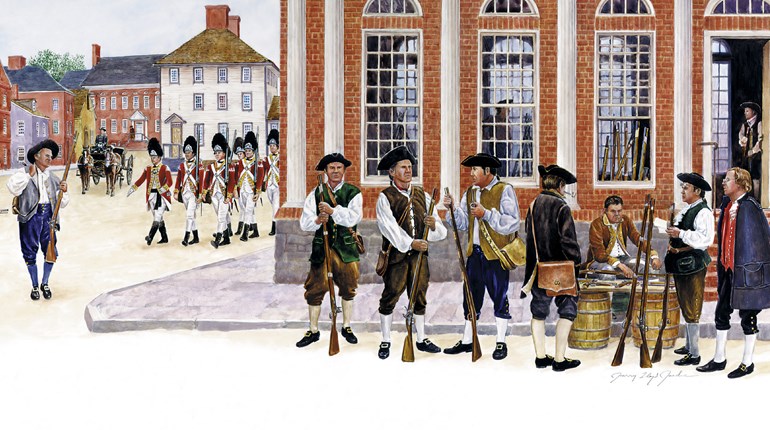
I am currently in the process of helping some good friends from California coordinate their first big hunting expedition. They’re headed to Africa, and they haven’t had much, if any, experience buying their own hunting rifles or getting ready for a hunt. As they are learning, going to their local gun dealer and picking up their rifle is the beginning of a process that involves some significant attention and effort.
Unless the plan is to use old-school iron sights, one of the first steps in getting a rifle ready to hunt is to find the appropriate scope, bases and rings. This is no time to cut corners or try to save a few dollars. It is not uncommon to spend at least as much on these three items as on the rifle itself. If this part is done improperly, you’re likely to create a weak link that can cause a dream moment on the hunt of a lifetime to become a nightmare that haunts you for a very long time. It’s painful to say, but I know this from experience.
Leupold is one company that has served me well throughout my hunting career. I recommend it freely to my friends virtually every time they ask, but there are many other optics companies that also make great products.
A couple of things to keep in mind when trying to find the right scope is the magnification range and reticle that will best serve the intended purposes. For example, a rifle intended for open plains hunting might call for greater maximum magnification for longer shots and a reticle that has “holds” for distance and wind. If a rifle is going to be used to hunt dangerous game in the thick stuff, the single most critical factor is ensuring that there is a very low-range magnification setting that will provide a large field of view and quick target acquisition. Asking a few experienced hunters for their recommendations is a good way to get the selection process working. Following up with additional research will help ensure the right decision is made.
Once you’ve bought your scope, mounting it properly is essential. The process is usually simple, and most optics companies produce how-to videos that are available online. If you don’t have an experienced mentor to help you the first time, it’s a good idea to take a look at one of these videos before getting down to business.If this part is done improperly, you’re likely to create a weak link that can cause a dream moment on the hunt of a lifetime to become a nightmare that haunts you for a very long time.
While processes might vary slightly depending on hardware, there are some universal steps that must be taken. The base, ring screws and the receiver threads that will accept them should be thoroughly degreased. Using a product like Gun Scrubber or carburetor cleaner makes this easy. Applying medium-strength thread locker to the screws is always a good idea. Recoil stinks as a general rule, but it’s great at causing screws to back out. Shooting a rifle that has a scope rattling around on the top can be frustrating at best.
One of the most common mistakes made during this process is over-tightening the screws. Make sure to always use a torque screwdriver, and get the manufacturer’s recommendations on torque setting. Simply accept that it’s a human tendency to want to make a screw a little tighter. When it comes to rifle optics, this is almost always a bad idea.
Positioning the scope properly in the rings can be accomplished most easily by turning the magnification to the highest setting, shouldering the rifle to look through the scope with the face aggressively forward into the stock and moving it as far forward (toward the muzzle) as possible while still getting a full field of view. This will ensure the maximum eye relief, which prevents the scope from making brutal contact with the brow or nose during recoil—especially in larger caliber guns.
If you’ll be hunting mostly in cold weather, it’s a good idea to mount the scope slightly father back from the position just described. This will allow a full field of view while wearing the thicker hunting clothes necessary to stay warm. About one-eighth to one-quarter inch back should do the job.
Once the scope is mounted, you’re ready to take the new rifle to the range. In Part 2 of this series, I’ll discuss ammunition selection, zeroing and proper care of a possession that should serve generations of family to come.


































